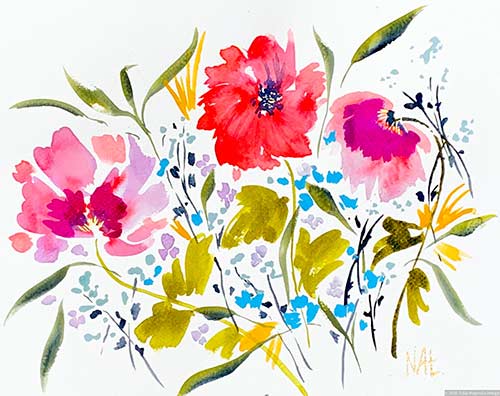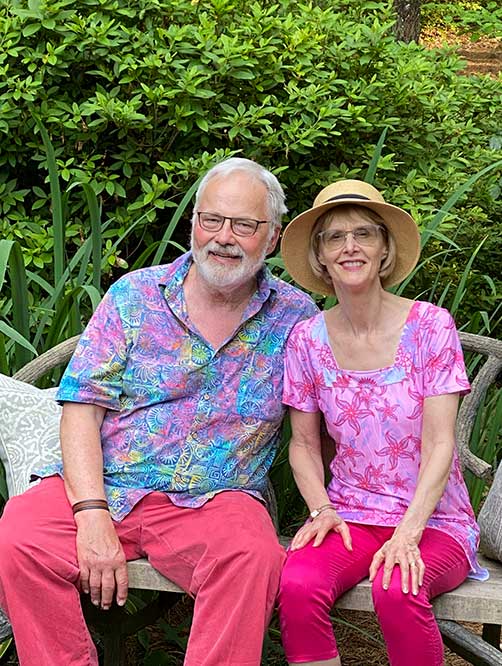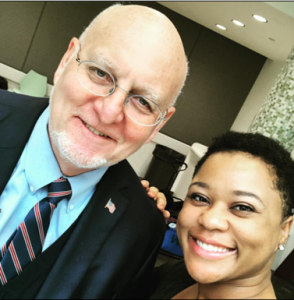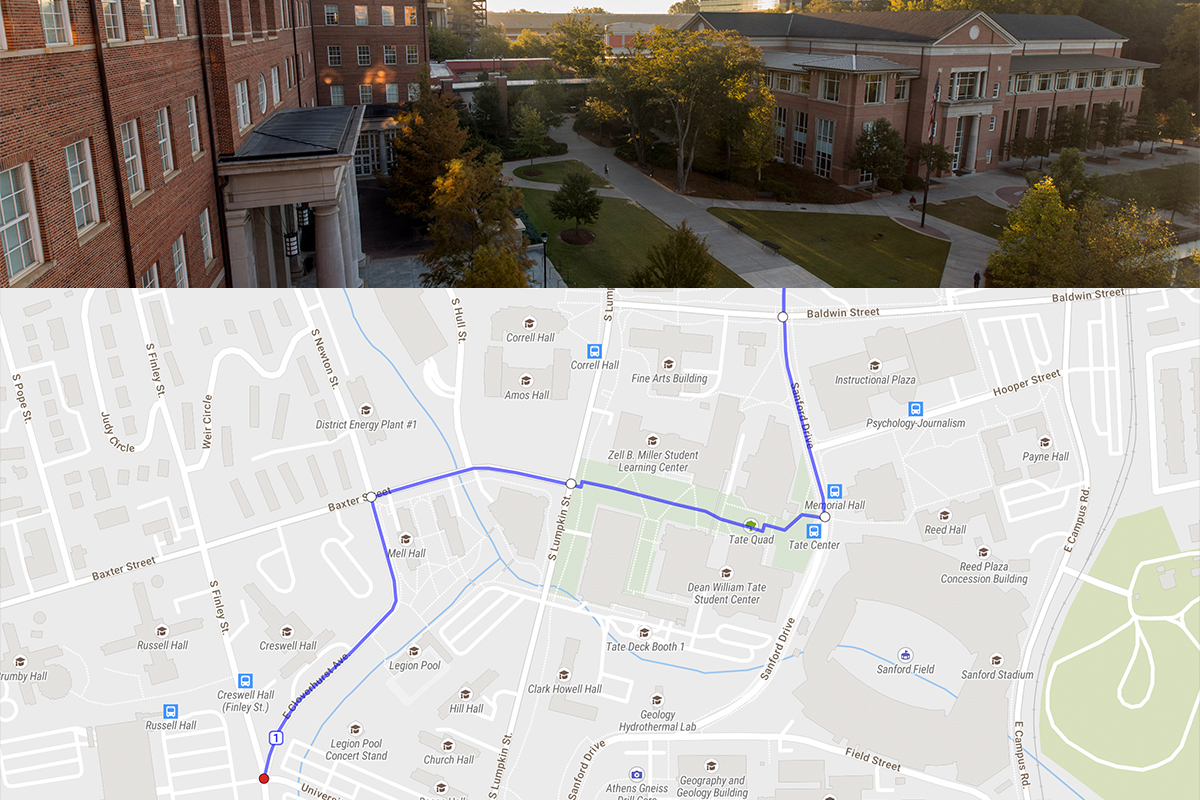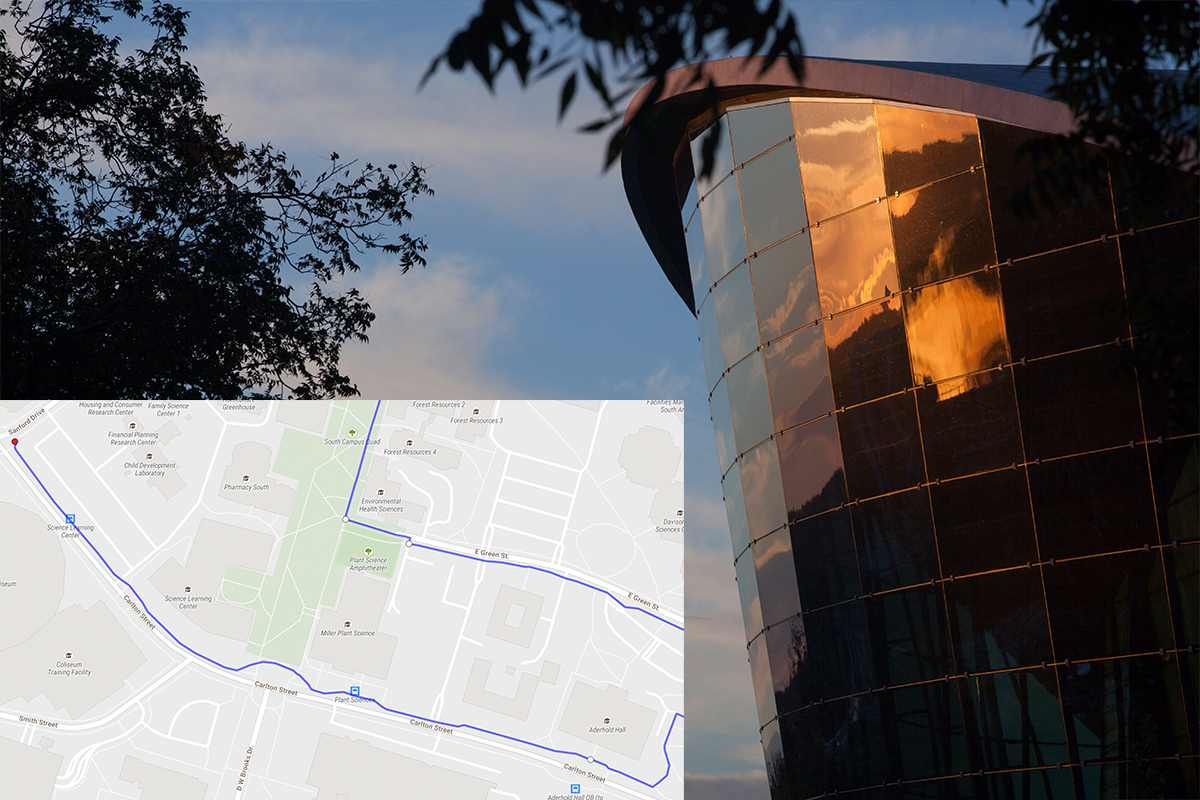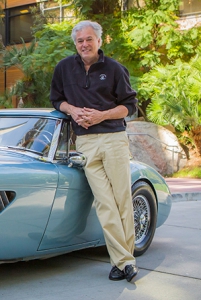Because of Tatiyana Sinkfield’s scholarship, ‘this is only the beginning’
Tatiyana Sinkfield (BSA ’20) has a lot to celebrate these days. She is one of the University of Georgia’s newest alumni, having graduated in May with a Bachelor of Science and Arts in Biological Science from the College of Agricultural and Environmental Sciences. She also graduated as a first-generation college student and a proud alumna of the Georgia Commitment Scholarship Program.
Through this program, Sinkfield was one of five students to receive a scholarship from The Arthur M. Blank Family Foundation. The foundation established the scholarships to support, in perpetuity, students from Atlanta’s historic Westside neighborhoods.
Sinkfield was both surprised and grateful when she learned that she was the recipient of a Georgia Commitment Scholarship supported by the Angela and Arthur M. Blank Scholarship Fund, and her family and friends were equally as thrilled.
“This scholarship program provided me with on-campus resources, educational support and motivation. The staff members were so encouraging and kind,” said Sinkfield.
In addition to the financial resources and on-campus support offered through this scholarship, Sinkfield also enjoyed the unique opportunity of meeting Arthur Blank in 2018 over a small dinner on campus with the other Blank Foundation scholarship recipients. She recalls the group’s inspiring discussion on success after college, community engagement and setting and achieving important life goals.
One of her biggest life goals is to become a pediatrician, and Sinkfield plans to take a gap year to study and gain additional hands-on experience in the medical setting before attending medical school next fall. She believes that the rigor of her coursework at UGA has prepared her for medical school and equipped her with important skills like time management and accountability. Additionally, Sinkfield says that interacting with people from different places and different backgrounds at UGA has really strengthened her interpersonal skills, which she asserts are essential to becoming a good doctor.
The impact of her Georgia Commitment Scholarship extended beyond the classroom, as she emerged as a natural leader on campus during the last four years. Sinkfield served as a resource to several fellow Georgia Commitment Scholars pursuing the pre-medical route and volunteered with numerous organizations including Piedmont Athens Regional Hospital, the State Botanical Garden of Georgia, and Georgia DAZE, an overnight campus visitation program for talented high school seniors from historically underrepresented areas that have been admitted to UGA.
Like so many students, Sinkfield points to a nighttime football game under the Sanford Stadium lights as one of her favorite UGA memories. She vividly remembers the energy and school spirit that filled the stadium and said the feeling of camaraderie among the Bulldog Nation was utterly surreal.
Sinkfield plans to carry that same feeling of camaraderie into the next chapter of her life, remaining forever proud of her time at UGA and grateful for her Georgia Commitment Scholarship.
“The Arthur M. Blank Family Foundation scholarship has helped me achieve not only my goals at UGA, but laid a foundation for my future successes. This is only the beginning.”


